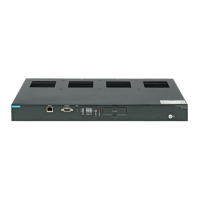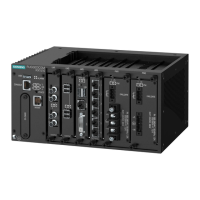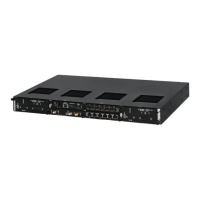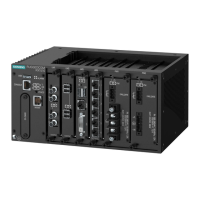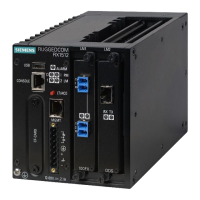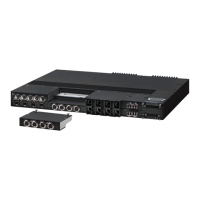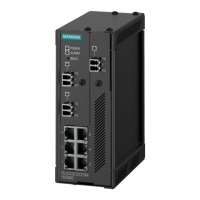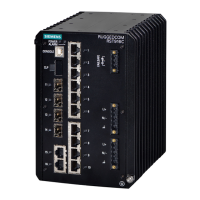RUGGEDCOM ROX II
User Guide
Chapter 4
System Administration
Configuring Password/Passphrase Complexity Rules 225
NOTE
User authentication can also be verified through a RADIUS server. When enabled for authentication
and authorization, the RADIUS server will be used in the absence of any local settings. For
more information about configuring a RADIUS server, refer to Section 4.8, “Managing RADIUS
Authentication”.
CAUTION!
Security hazard – risk of unauthorized access and/or exploitation. To prevent unauthorized access to
the device, change the default passwords before commissioning the device.
CAUTION!
Accessibility hazard – risk of data loss. Do not forget the passwords for the device. If both the
maintenance and boot passwords are forgotten, the device must be returned to Siemens Canada Ltd.
for repair. This service is not covered under warranty. Depending on the action that must be taken to
regain access to the device, data may be lost.
The following sections describe how to configure and manage passwords and passphrases:
• Section 4.10.1, “Configuring Password/Passphrase Complexity Rules”
• Section 4.10.2, “Setting a User Password/Passphrase”
• Section 4.10.3, “Setting the Boot Password/Passphrase”
• Section 4.10.4, “Setting the Maintenance Password/Passphrase”
• Section 4.10.5, “Resetting Passwords and Passphrases”
Section 4.10.1
Configuring Password/Passphrase Complexity Rules
Special rules for password/passphrase complexity can be configured. These include setting the password/
passphrase length and enabling requirements for special characters.
To configure the password/passphrase complexity rules for all passwords/passphrases, do the following:
NOTE
Password/passphrase complexity rules do not apply to passwords/passphrases previously configured
on the device.
1. Change the mode to Edit Private or Edit Exclusive.
2. Navigate to admin » authentication. The Password Complexity form appears.
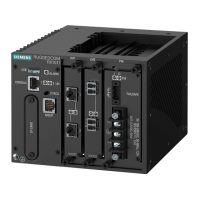
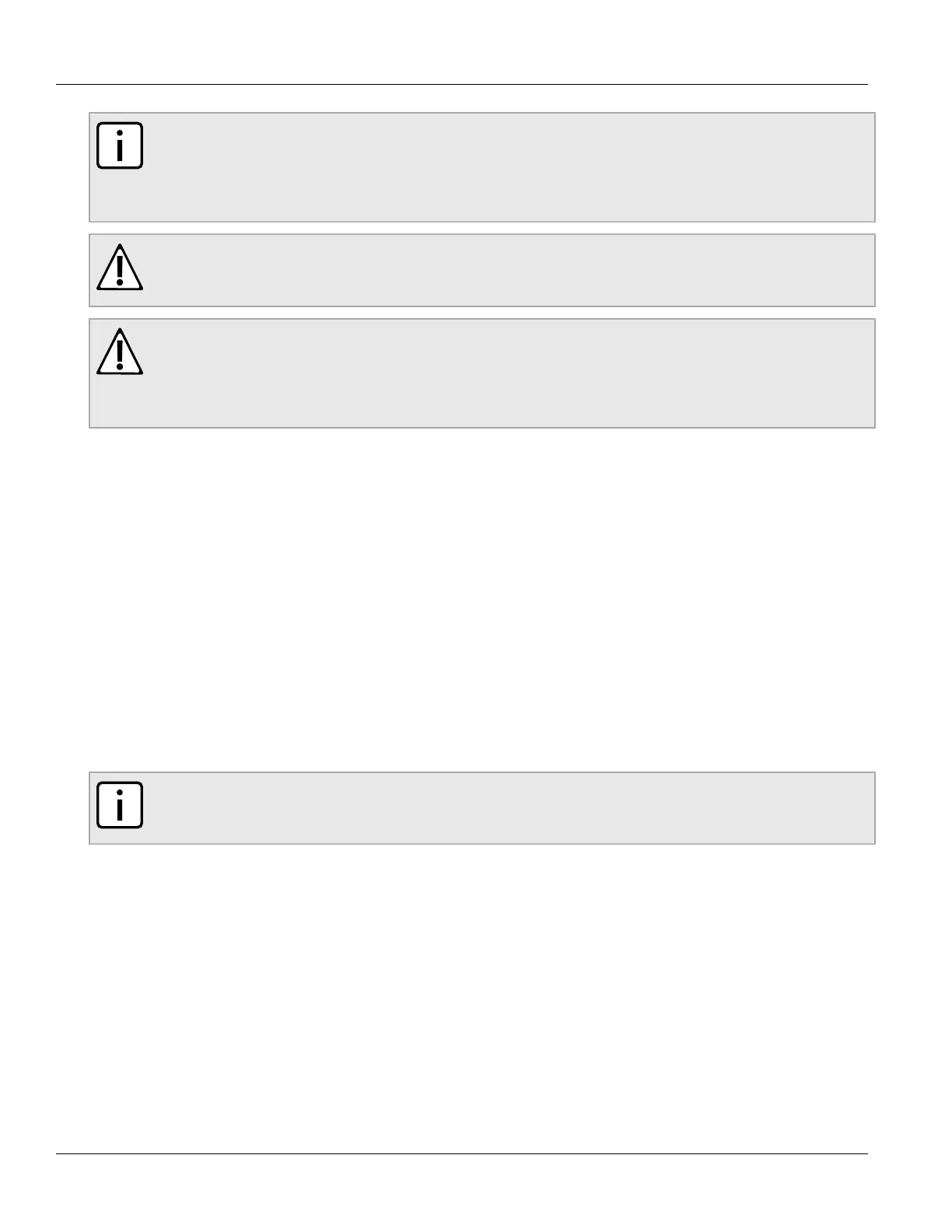